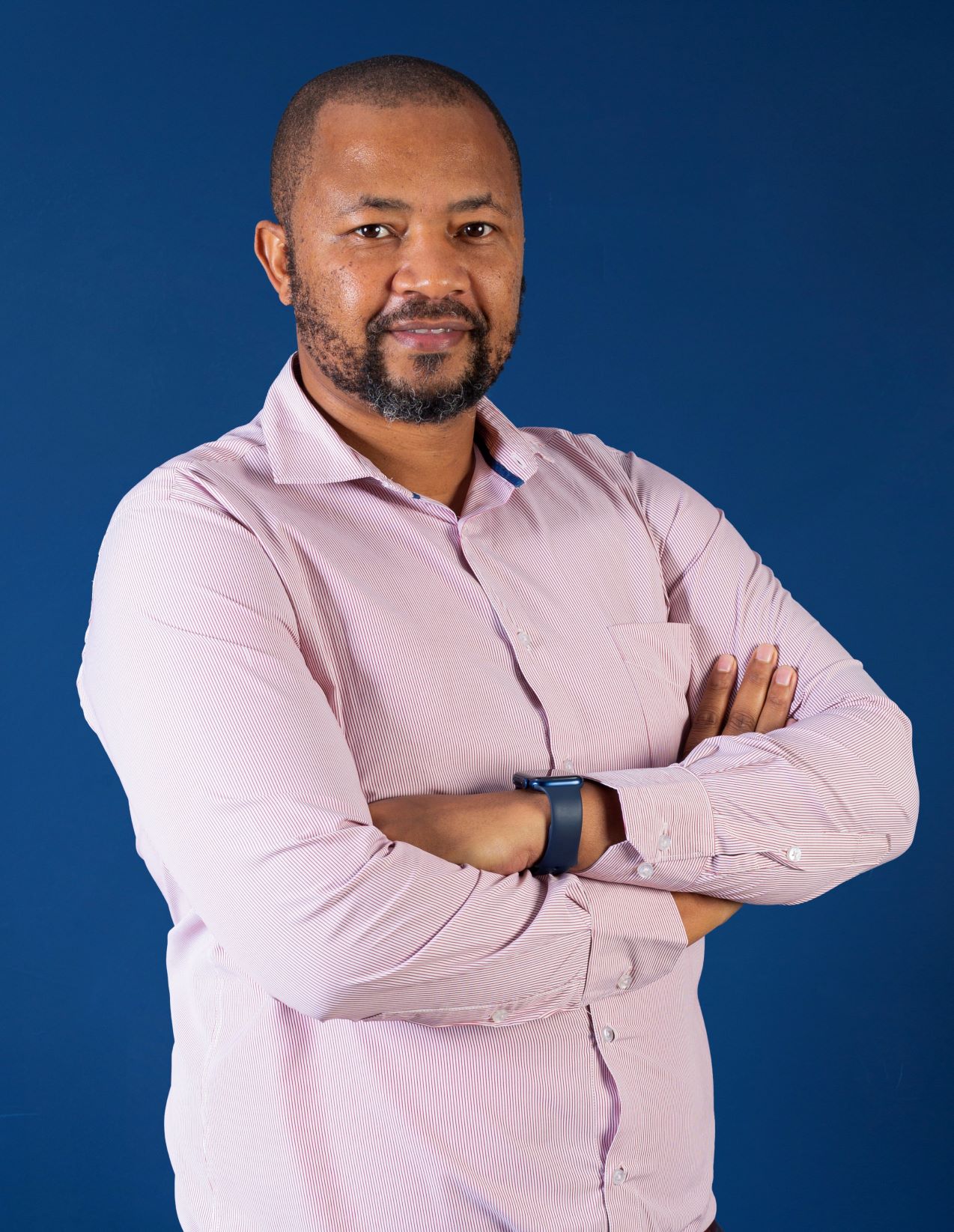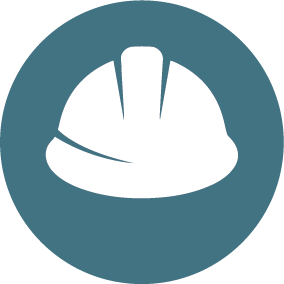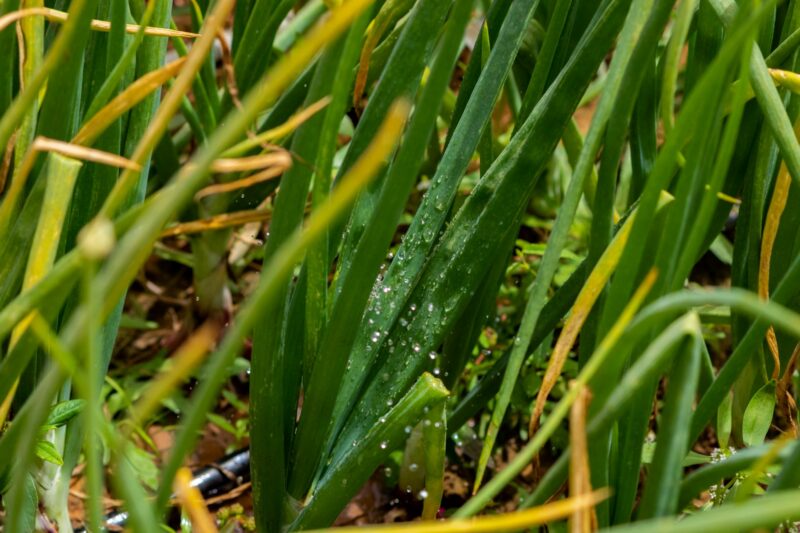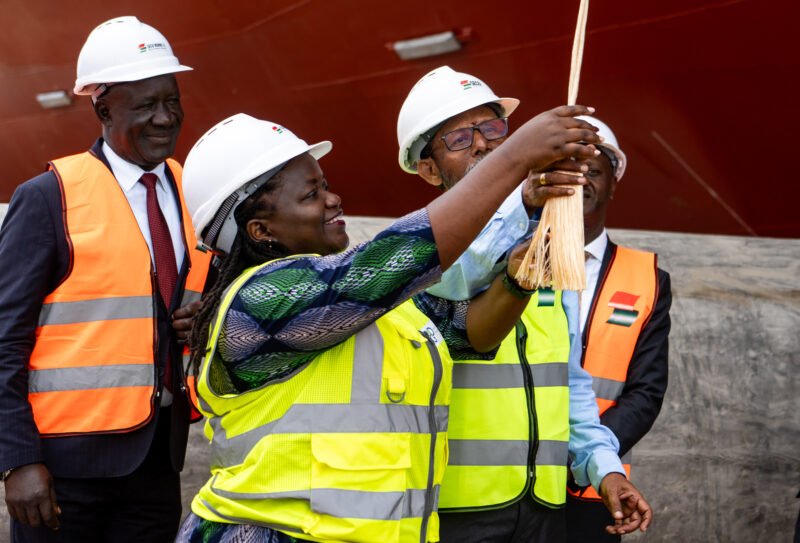I joined InfraCo Africa’s Asset Management team in 2020 and am responsible for the roll out of the Sierra Leone Mini-grid project with our partners at PowerGen Renewables. It is an ambitious project that will ultimately electrify 40 communities in the southern and eastern regions of Sierra Leone. Delivered in two phases, we are already seeing people using the project’s clean solar power to develop their businesses, study at night, to provide computer skills training and to deliver safer healthcare.
-
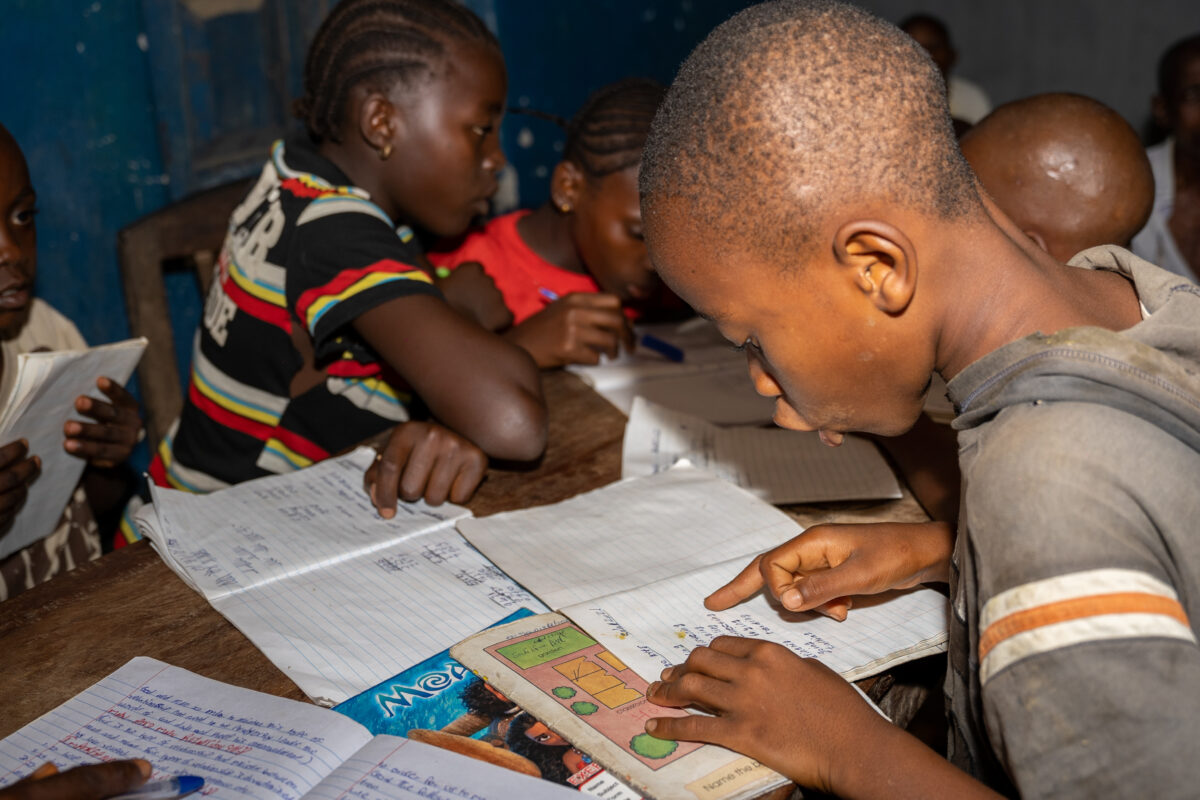
Children are able to study in the evenings -
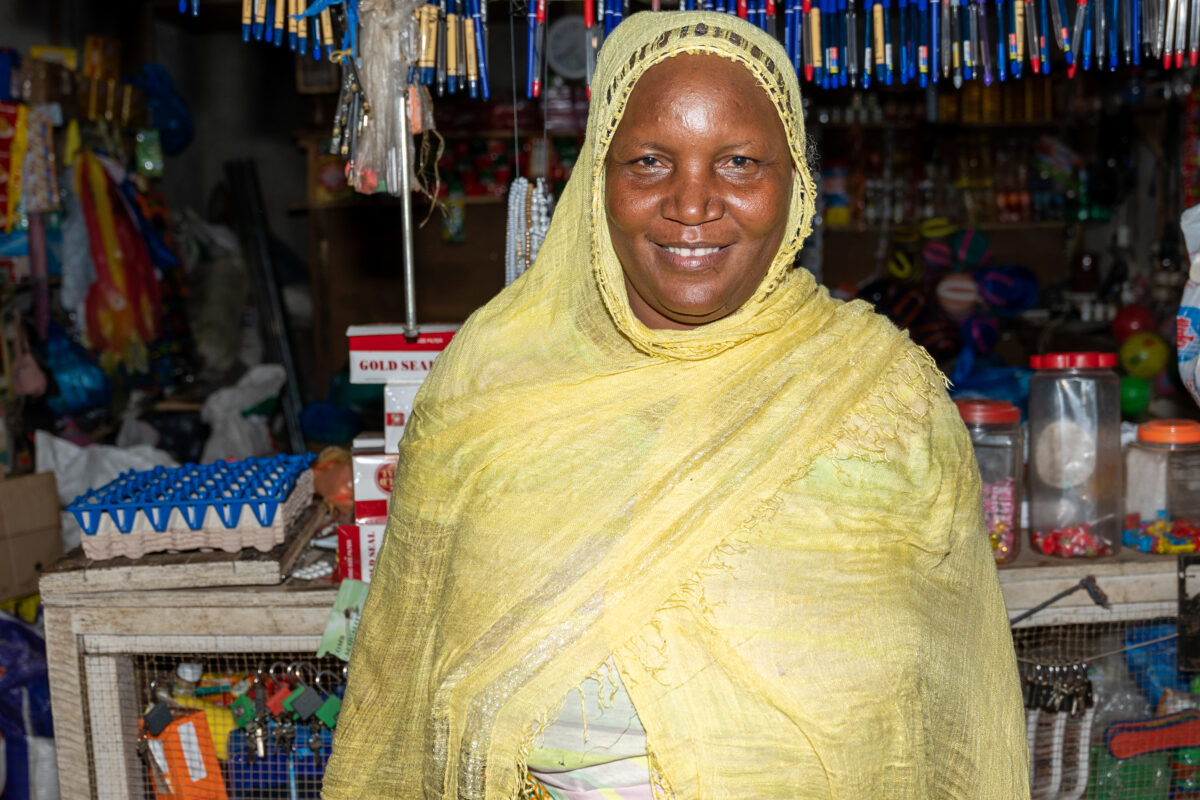
Business owners can extend their opening hours
The project has been delivered in two Work Packages. The first 18 sites were commissioned in December 2019 and we began operating them in January 2020. We are excited to be undertaking the next phase of the project, covering a further 22 sites, and it seems like an appropriate time to celebrate our achievements so far and to reflect on what we have learned, so as to inform the successful roll out of the remaining sites.
From an Asset Management perspective, a key success to note on the project has been the skills transfer between staff at PowerGen Kenya and their Sierra Leone counterparts. This knowledge transfer has been evident over recent months with more and more staff from Sierra Leone taking ownership for their respective functions and delivering on identified action items. This growing local knowledge base has helped the project to move forward despite the restrictions and challenges presented by the COVID pandemic.
Keeping our teams safe is of critical importance to the success of any construction project and it has also been great to see the strides taken by PowerGen in developing their HSES systems and processes on this project. InfraCo Africa sponsored an HSES training workshop for the team in early 2020 and PowerGen has since developed and implemented these new processes during the construction of the Work Package Two sites. As a result, despite the difficult working conditions in Sierra Leone, there has not been a serious incident recorded to date, definitely a key success for the project.
-
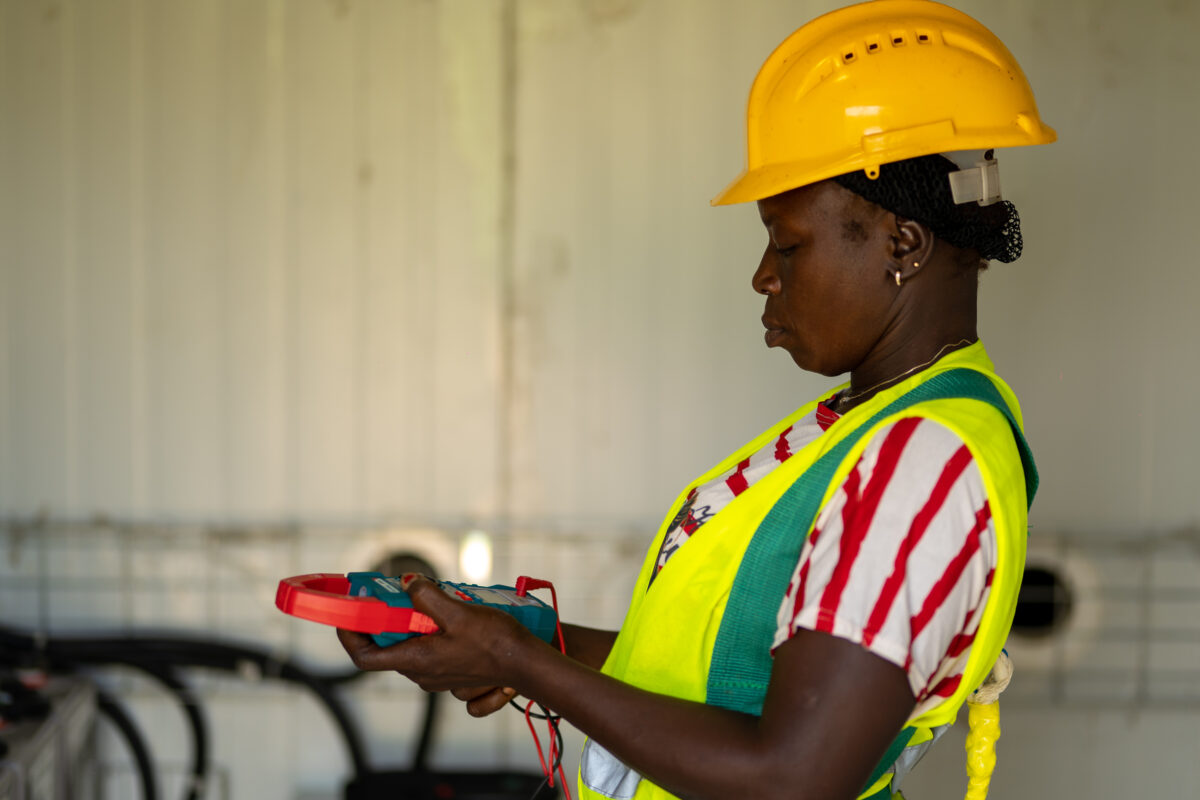
The team is trained to ensure electrical safety -
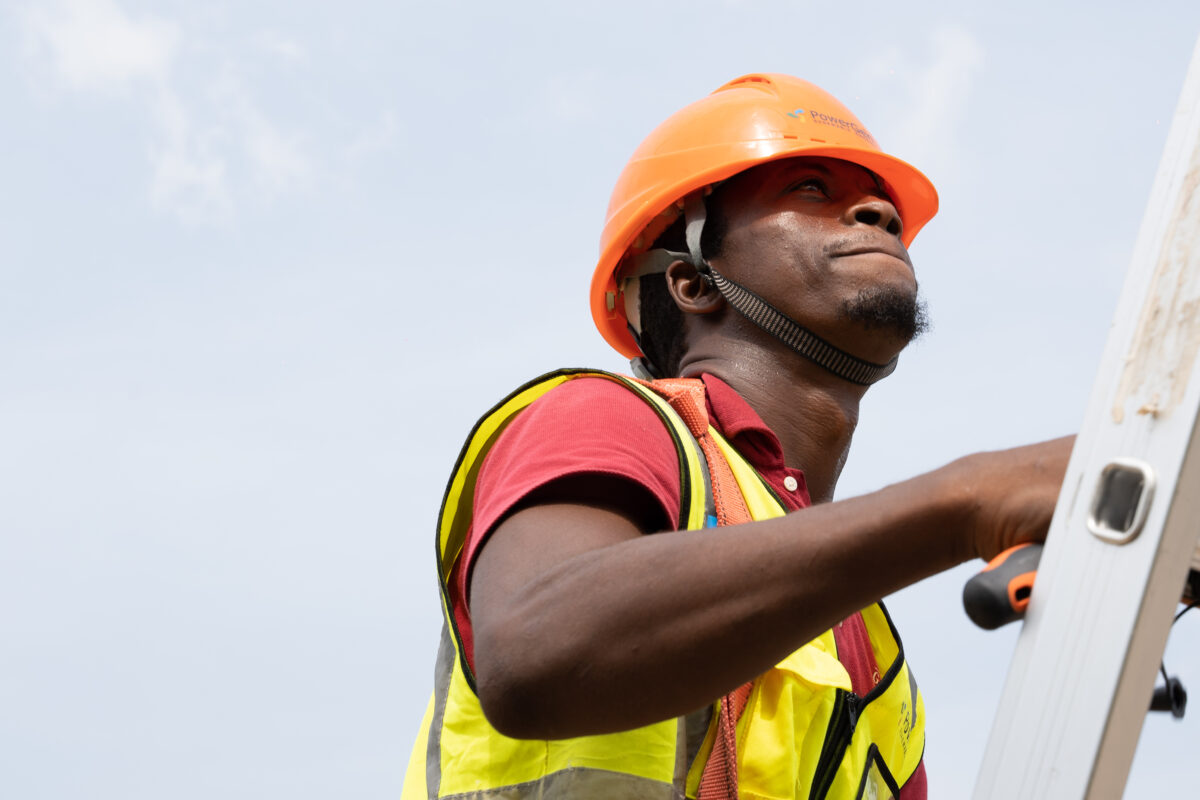
Working at height with appropriate training and equipment
As with all pioneering projects, we have experienced some hurdles in the initial deployments. There are technical reasons for some, but for others we have realised that the issue lies with power being used differently to the expectations upon which the original designs were scaled. This is interesting and unexpected and is something that the wider off-grid solar market may wish to consider as the sector grows and expands its ambitions in sub-Saharan Africa.
The first of the Work Package One sites became operational in 2019 and some of these sites have experienced higher than anticipated demand for power during night-time hours, resulting in continuous load shedding. This is largely a result of people choosing to leave their lights on all night, altering expected usage and charging patterns for the installed battery storage systems. This behaviour change was not anticipated by the communities themselves prior to installing the power, nor could it have been foreseen by the team. The communities in which we are working have not had access to electricity previously – light has come only from generators, candles or battery operated torches – it seems from our experience that, without existing access to electricity, it is hard to anticipate how one will use it when it arrives.
Another challenge has been a huge surge in demand for power over the Christmas period as families have gathered together, significantly increasing local populations for a short period. This challenge of peaks and troughs in demand is perhaps more widely understood in the context of grid-tied power, however, for communities relying on off-grid supplies, there are no alternative power sources to draw upon when it is necessary to significantly increase supply.
So what are we doing to address these challenges?
Over the past twelve months, the team has worked closely with communities to better understand their usage patterns and to address any shortfalls in available power. We have visited all of the sites where power demand exceeds available supply, documenting items required to improve each system and mapping those sites where a system expansion is required in order to meet demand – whether by adding more solar panels, batteries or a generator. This work is expected to be carried out in the coming months, after all 40 sites are developed and energised.
-
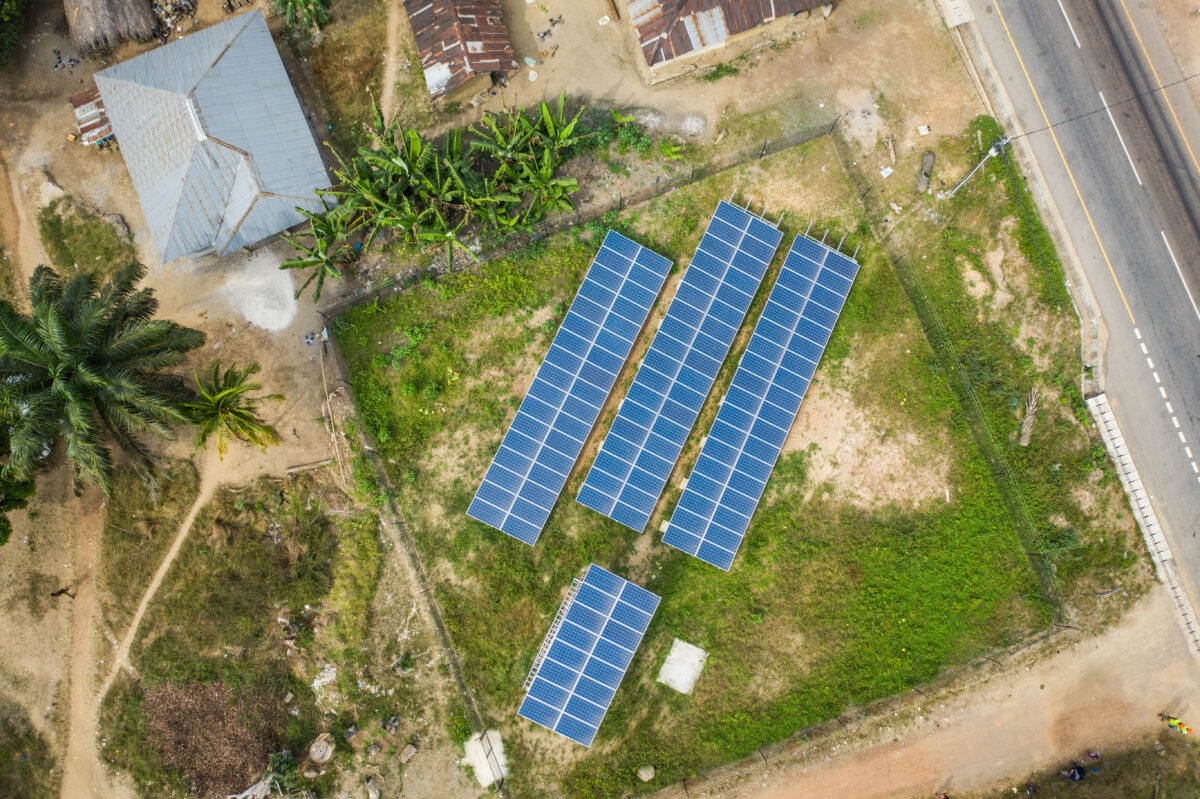
Mini grids can be scaled to meet demand -
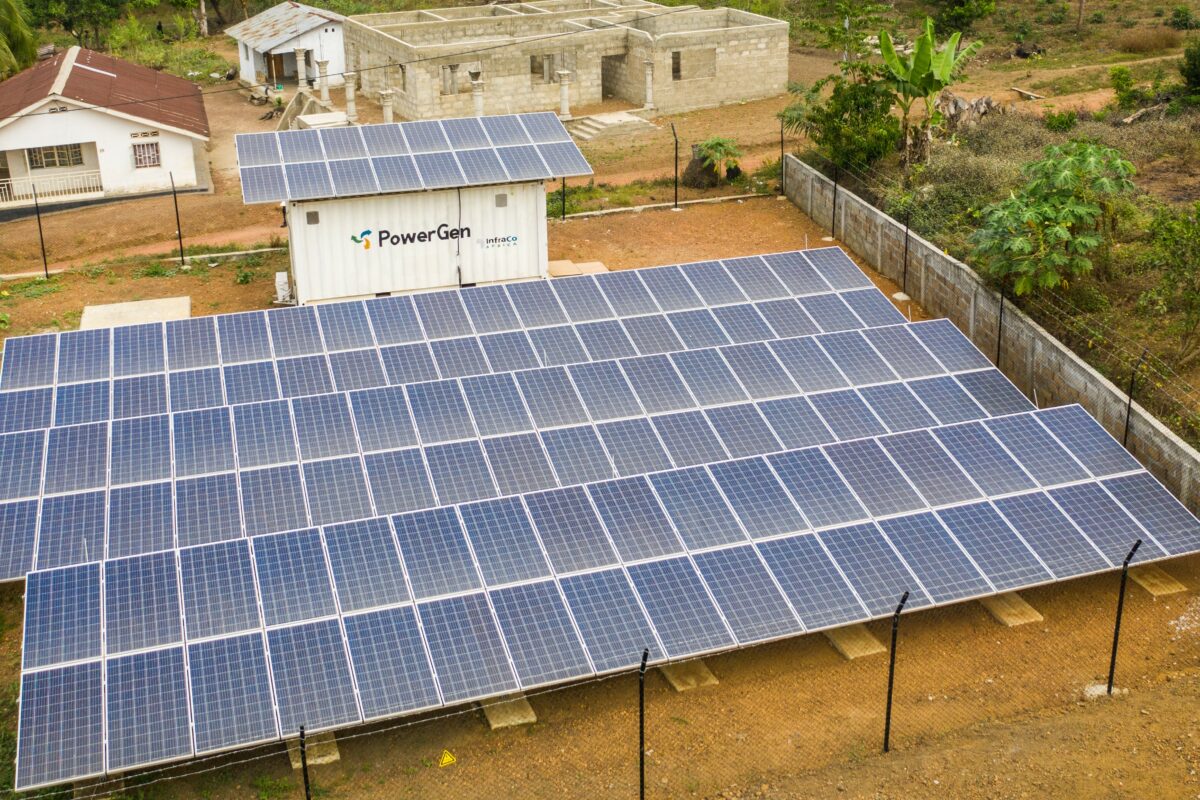
Clean solar power displaces diesel generators
We are now factoring this knowledge into our future deployments, designing each of our Work Package Two sites with a capacity of 120% – 130% of the expected power demand, ensuring that we can meet year-round demand for power and that sustainable electricity is available for customers 24/7.
We have learned a great deal over the last twelve months and continue to learn as we work to commission the next 20 solar mini-grids, delivering first-time, clean electricity to more homes and businesses in rural communities. You can follow our progress on social media and on our website.
Leave a Reply
Related projects
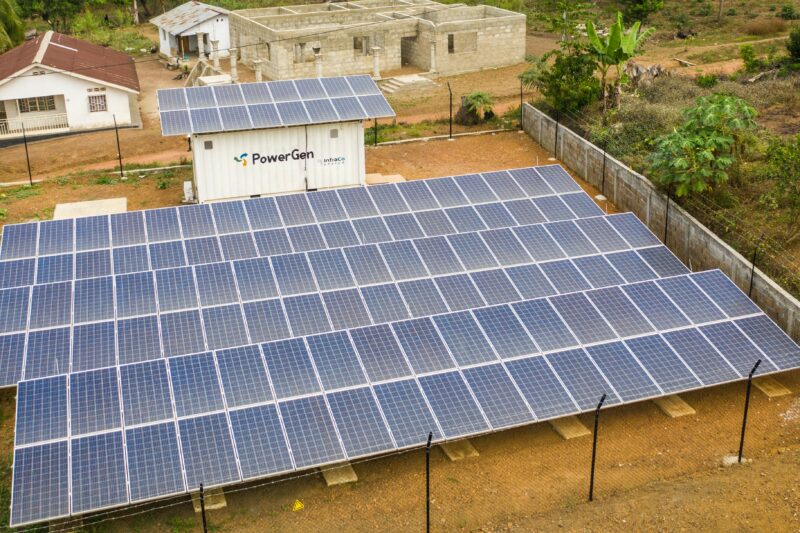
Sierra Leone: Sierra Leone Mini-grid Project I & II
Rolling out off-grid energy access
The project operates a portfolio of solar, battery, diesel hybrid mini-grids serving over 13,000 customers across the southern and eastern half of Sierra Leone. An extension, supported by UEF, will expand access to further communities.
Latest news
22nd February 2024
Pioneering East Africa Marine Transport vessel launches on Lake Victoria
10th December 2023


